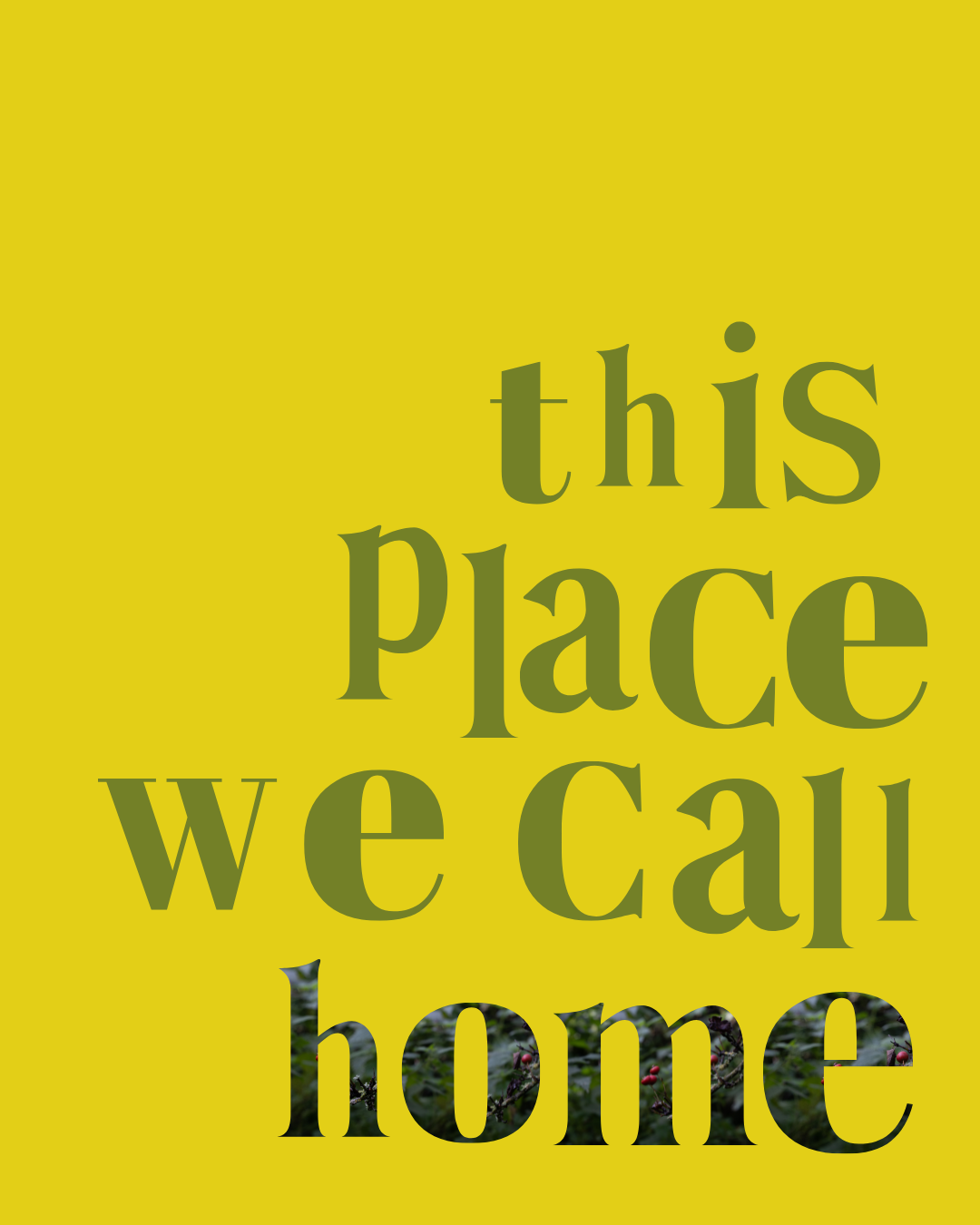The regeneration revolution: Part one – resilience
Exploring regenerative cultures through resilience, hope and action
Let’s face it, many governments and corporations are showing little to no regard for the climate anxiety felt by both adults and young people across the globe.
When back-pedaling on net zero commitments, authorising new oil and gas projects and ignoring urgent warnings by scientists is the disturbing response from those in power, it can be tempting to lose hope when it comes to the climate crisis.
But, rather than allowing anxiety to eat us all up, I want to explore how experts, creative thinkers and dedicated environmentalists are making a positive impact on the earth, and how communities around the world are turning their anxiety into action.
We’ve woken up to the fact that recycling, shorter showers and driving electric was never going to cut it, and whilst continuous pressure on those in power is crucial, people are finding ways to heal the world’s wounds regeneratively.
More recently, regeneration is a word that has grown out of the ‘sustainability’ undergrowth. Whilst sustainability still has its place in climate conversations, it’s no secret that big brands, fashion firms and governments have attempted to claim it as their own, using it as a thin guise to hide the grim realities of greenwashing. It also implies that we can sustain what we are currently doing on earth, when in reality what we are doing is wholly unsustainable.
Enter regeneration, or regenerative cultures – new to many but rooted in ancient wisdom. So, what exactly are regenerative cultures? And could it be the answer to the challenges we face today?
What are regenerative cultures?
Regeneration transcends sustainability. It is recognising that the societal, economic and environmental systems in place are broken and understanding that rather than nature being something that is alongside us, it is us. We need to reconnect with who we are, why we are here, and how our regional ecosystems are part of the bigger picture.
I recently watched a talk by climate writer, educator, activist and consultant, Daniel Wahl on ecosystem regeneration. His book, Designing Regenerative Cultures, explores the systems that rule the world. From finance and agriculture, to design, ecology and economy, it explains how we can shift our ingrained patterns of thinking to put an end to our harmful impact – through focussing on regenerative development.
Fundamentally, the book highlights that in order to combat the crisis, we must nurture a culture that is healthy, resilient and adaptable.
Is it possible to restore damaged ecosystems?
Eco anxiety can lead us to believe that it’s all too late, sending us into a frozen state of inaction. Yet, whilst we’ve caused harm on an unprecedented scale, there are more projects everyday proving that regeneration is possible.
For example, in his talk, Daniel Wahl references the Loess Plateau Watershed Rehabilitation Project in China. Between 1994 and 2009, China managed to turn a barren desert into a fertile, biodiverse landscape.
Filmmaker and ecologist John D Liu documented the project and explained:
“The lessons from the Loess Plateau show that it is possible to restore large scale damaged ecosystems and that this mitigates climate impacts, makes land more resilient and increases productivity.”
It’s important to note that in this case, the land had been damaged, however we can’t fall into the trap of assuming all drylands are ‘bad’ – a large portion of the world is made up of dryland biome, where vital ecosystems are supported. However, when it came to the Loess Plateau project, the evidence was clear. A land stretching thousands of square metres that had been degraded by irresponsible human activity over decades, healed in 15 years.
Daniel went on to show similar successful restoration projects across the world, from Zimbabwe and Ethiopia to Vietnam and South Korea, explaining that we can heal our ecosystems and create regional shared abundance, as opposed to living in a scarcity bubble where a ‘survival of the fittest’ mindset reigns supreme. It’s about fitting into the earth's natural patterns and changes as opposed to fighting against it.
But this regeneration revolution has to start with education. Millions of adults and young people feel a sense of powerlessness over the planet’s problems, and their anxieties must be met with education, providing guidance and demonstrating that there are solutions.
For example, after capturing the images of the Loess Plateau, John D Liu started the Ecosystems Restoration Camp Foundation, an organisation that invites people of all ages to learn how to restore ecosystems.
Similar projects are taking place all over the world. Take Earthed, for example, who provide the skills, funds and networks through an abundance of nature teachers leading the way in restoring community and life, or individuals like Brigid LeFevre who runs a community supported biodynamic garden in Sweden.
These individuals and organisations are leading the way in regeneration, showing us that ancient practices can nurture the modern world. The next blog, ‘The regeneration revolution: Part two, hope’ explores how regeneration can be applied to our infrastructure, creating conscious systems with longevity.

